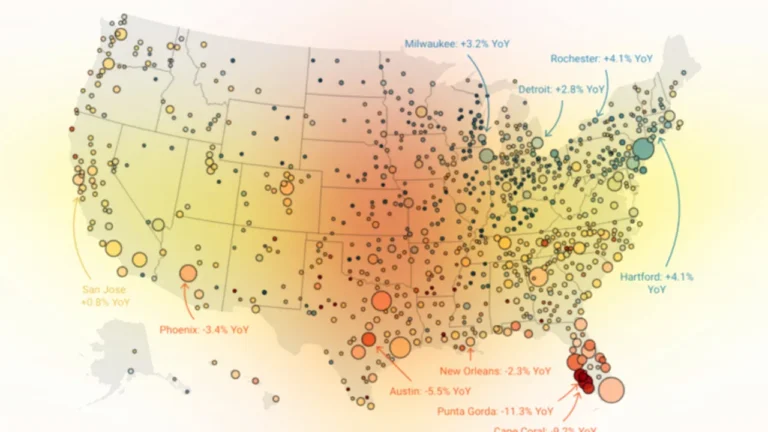
Walk through any trendy shopping area and you’ll notice something. A familiar grouping of brands. Entryways into hospitable, curated spaces inviting you in for a hang. The music is right. The lighting is low. Brand-approved candles are lit. The mood is unmistakable.
You’re stepping into a worldview.
There’s a tempo to it. A shared language. A subtle but clear sense that you’ve crossed a threshold; one where you’re more than a customer, you’re a part of something.
That feeling isn’t accidental and it isn’t just marketing. It’s anthropology.
The best retail experiences optimize beyond conversion. They’re engineered for belonging. On pieces themselves, garment branding may be subtle or even invisible. It becomes an IYKYK (if you know, you know) situation, and that may be the most powerful (and most overlooked) advantage in modern commerce: Brands that create community intentionally, intelligently and culturally are building moats no discount can breach.
Retail is becoming ritual
Humans are wired for tribes. Evolutionary psychologist Robin Dunbar proposed that we maintain meaningful relationships in nested social groups, with the most stable number being around 150. It’s now known as Dunbar’s Number. When a brand creates the conditions for that kind of familiarity through design, cadence, tone, and storytelling, awareness starts to feel an awful lot like identity.
This isn’t just theory:
- Kantar research notes that millennials, in particular, value brands that foster community and shared identity, suggesting that belonging is a purchase driver.
- GWI’s trend data shows that even Gen Z (the most digitally native generation) prefers in-store shopping for apparel as long as it delivers something meaningful.
- Social Identity Theory shows we become like the groups we join. The more a brand helps someone say, “This is who I am,” the more likely they are to return, advocate, and embed themselves in the ecosystem.
We’re clearly seeing this shift play out across retail.
Café Leon Dore offers coffee and sets a scene. The space blends Aimé Leon Dore’s boutique retail with the mood of an old-world social club: polished wood, curated reading material, and an unspoken dress code you can feel.
Lacoste’s country club–themed concept stores evoke the quiet prestige and ritual of tennis clubs and exclusive enclaves. Think crests, clay courts, locker rooms.
Genesis House in New York’s Meatpacking District, Hyundai’s luxury showroom, is a restaurant, library, and event space. You literally can’t even buy a car there.
These aren’t nostalgic flourishes. They are signals built using visual language that says: This space is for you. Settle in and stay a while.
Modern retailers have embraced the third place, the essential social space outside home and work where people gather, connect, and express identity. It’s the role barbershops and jazz clubs once played. Now we’re seeing it in stores by Kith, Tecovas, Alo, Vuori, Todd Snyder, Lululemon, Buck Mason, and others.
From transaction to tribe
Contrary to how it seems on the surface, this shift is all about structure.
It’s a move from customer relationship management (CRM) to community, from footfall to familiarity, from stores as destinations to stores as social signals.
Brand strategists call this concept brand citizenship: a framework where people effectively “join” the brands they shop. That shift changes everything about how you design space, train staff, listen, and measure.
Here’s the tension: You can’t spreadsheet your way into a community. You have to observe, and design for soft signals. Data plays a critical role, but the output is mood, energy, attention, flow. It’s about sense-making.
Belonging is the differentiator
In a world of endless options, the scarcest resource is meaning. That’s what the best retail brands are offering. Beyond products, they offer places to align, express, and belong.
So no, the store isn’t dying and we never stopped going to the mall.
The mall just splintered, reborn as a network of third-place brands with better lighting and better coffee.
The next wave of retail isn’t about traffic. It’s about tribes.
The brands that understand this will win.
The store is no longer the finish line: It’s the invitation.
James Chester is cofounder and CEO of WVN.


